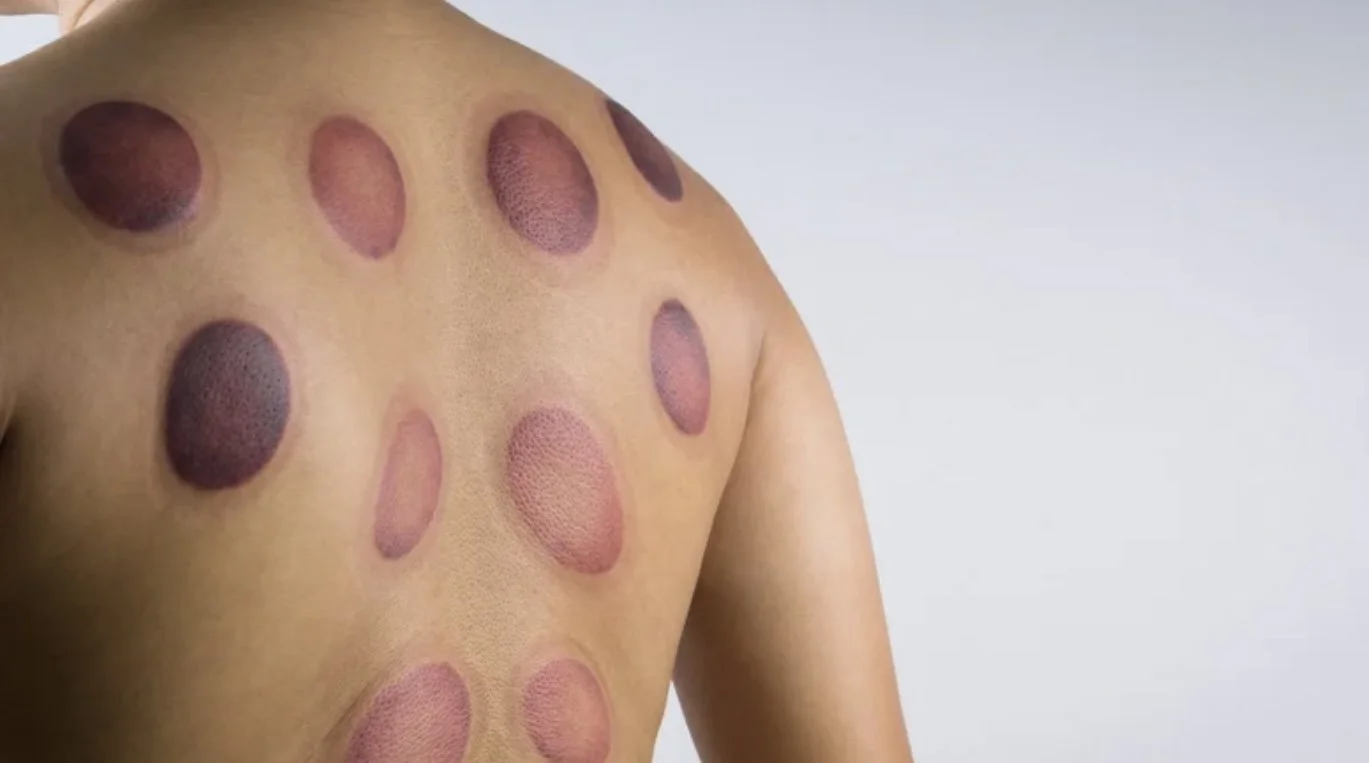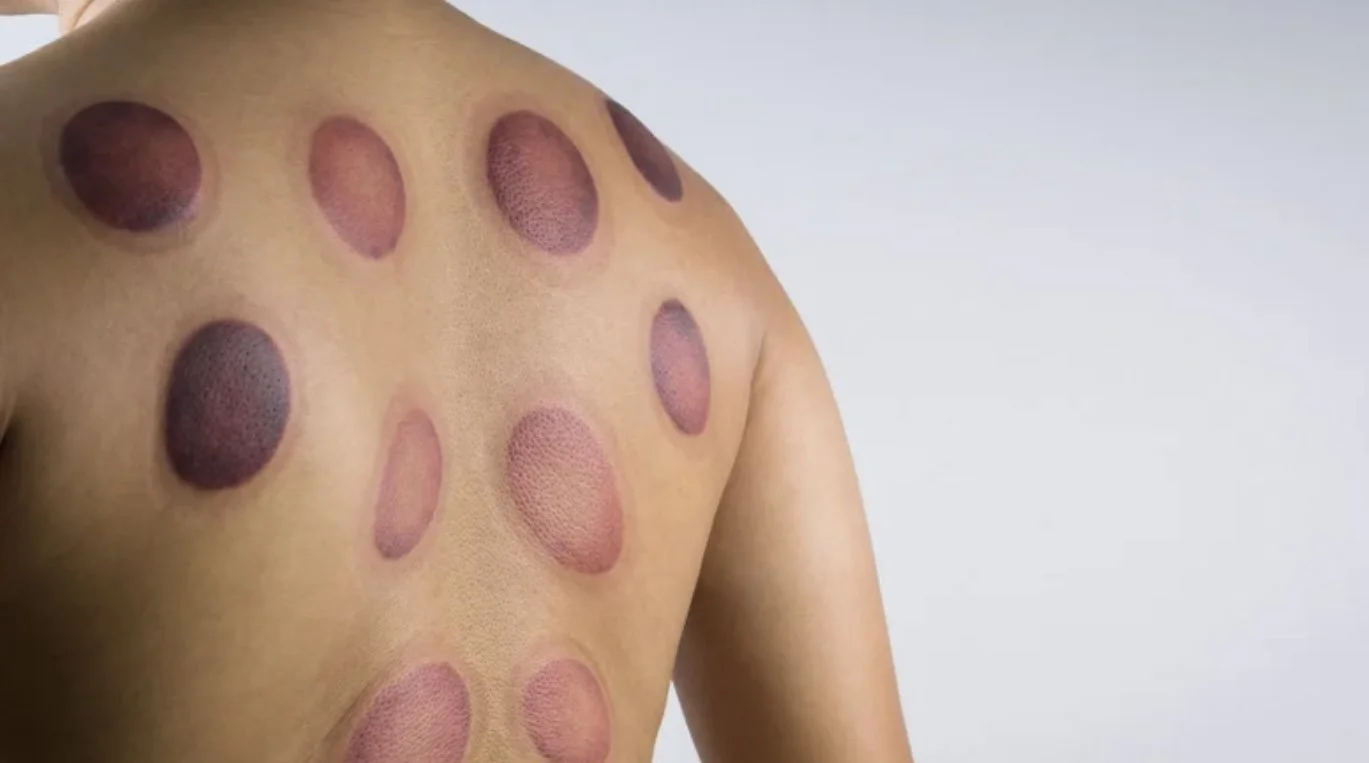ARE THOSE BRUISES?
Are Those Bruises?
Cupping Therapy is an ancient practice that has been used for thousands of years in traditional Chinese Medicine, Middle Eastern healing traditions, and even in some modern wellness practices. While the sight of circular bruises left behind by the cups can look alarming to newcomers, these marks are often considered part of the process. But what exactly do the colours of these marks signify?
Cupping involves placing cups—usually made of glass, silicone, or plastic—on the skin and creating suction. This negative pressure draws the skin and underlying tissues slightly into the cup. The goal is to stimulate blood flow, reduce muscle tension, and promote healing.
After a session, circular marks or discolorations typically appear on the skin where the cups were applied. These marks aren’t true bruises (which result from trauma to blood vessels) but are rather the result of capillary dilation and minor stagnation in the area.
One of the most fascinating aspects of dry cupping is the variation in the colour of the marks it leaves behind. Practitioners often interpret these colors as indicators of the body’s internal state—particularly regarding circulation, inflammation, and the presence of toxins or stagnation.
Here are the most common colours and what they are believed to mean:
1. Light Pink or No Mark
A light pink mark or no mark at all typically suggests good circulation and little to no stagnation in the area. This is usually seen in healthier tissue or individuals with relatively balanced internal systems. These marks tend to fade quickly—within a few hours to a day.
2. Red or Bright Red
A red or bright red mark may indicate heat, inflammation, or recent physical activity. It can also reflect acute issues or areas where circulation is active but not necessarily balanced. These marks may last 1–3 days.
3. Dark Purple or Deep Red
This colour is often interpreted as a sign of chronic stagnation, poor circulation, or deeper muscular or tissue issues. It’s not uncommon to see these darker marks in areas of chronic pain or tension. They can last up to a week or longer, gradually fading as the body processes the stagnation.
4. Brownish or Yellowish
These tones may suggest older blood or the presence of toxins being brought to the surface. Some practitioners believe they reflect metabolic waste or a sluggish lymphatic system. These marks often take several days to fade.
While colour interpretation is common in traditional cupping theory, it is important to remember that these assessments are not medically diagnostic. There’s limited scientific evidence to support the exact meanings attributed to cupping marks, though many people report relief from symptoms after treatment.
Cupping marks are a visible reminder of the body’s response to therapy. While they may look dramatic, they are typically painless and temporary. The colours—from light pink to dark purple—can offer insight into how your body holds stress or tension, but they should be viewed as part of a broader wellness context. Whether you’re using cupping for recovery, relaxation, or pain management, understanding the meaning of the marks can deepen your connection with the healing process.
Now, are you ready to try cupping?
Book your Massage + Cupping treatment today!




